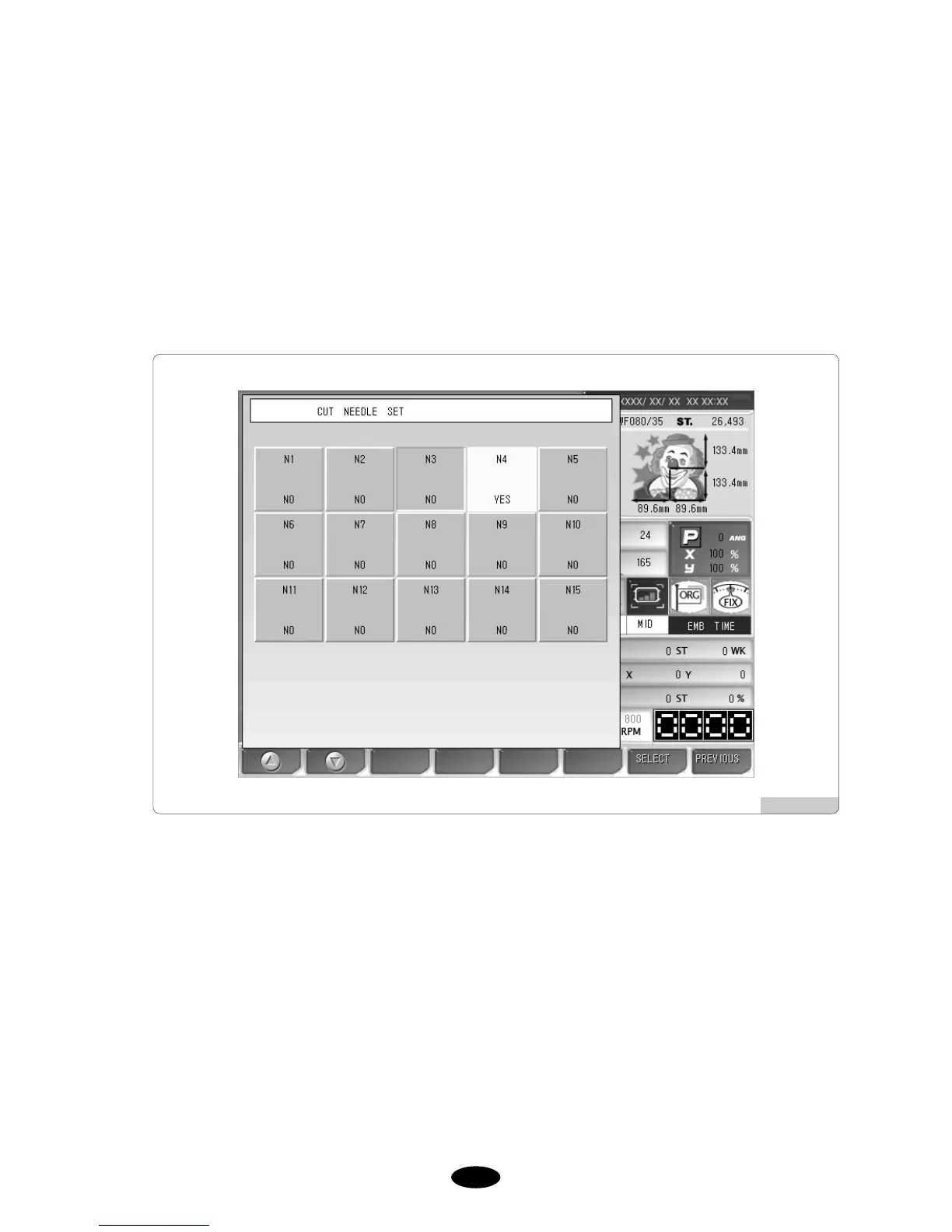What to do if bad sector error during floppy reading appears on SWF Sewing Machine?
- CCharles TranSep 12, 2025
If you encounter a bad sector error during floppy reading, format the diskette or replace it.
 Loading...
Loading...
What to do if bad sector error during floppy reading appears on SWF Sewing Machine?
If you encounter a bad sector error during floppy reading, format the diskette or replace it.
What to do if the diskette is damaged on SWF Sewing Machine?
If the diskette is damaged, format a diskette or replace it.
How to solve MC2 communications error on SWF K Series Sewing Machine?
To resolve the MC2 communications error, check the cable and turn off and on the power.
How to solve MC1 communications error on SWF K Series Sewing Machine?
To resolve the MC1 communications error, check the cable and turn off and on the power.
How to fix sequin design error on SWF K Series?
To address the sequin design error, amend the design.
How to fix error in the main shaft encoder Z of SWF Sewing Machine?
To address the error in the main shaft encoder Z, check the encoder's cable connection, and turn off and again the main switch.
How to fix error in the main shaft encoder A of SWF K Series Sewing Machine?
To address the error in the main shaft encoder A, check the connection of the encoder cable, and turn off and then on the main switch.
How to troubleshoot Y-axis driver error on SWF K Series?
To solve the Y-axis driver error, turn off and on the main switch.
How to troubleshoot X-axis driver error on SWF K Series?
To solve the X-axis driver error, turn off and on the main switch.
What to do if diskette removed from FDD of SWF Sewing Machine?
If the diskette was removed from FDD, insert the diskette and start are work again.
| Brand | SWF |
|---|---|
| Series | K Series |
| Category | Sewing Machine |
| Thread Trimming | Automatic |
| Stitch Speed | 1200 SPM |
| Maximum Speed | 1200 SPM |
| Supported File Formats | DST |
| Power Requirements | 50/60Hz |
| Dimensions | Varies by model |
| Weight | Varies by model |
Covers installation, backup, memory management, and system settings.
Guides on adjusting machine settings and basic specifications.
Covers setting various machine specifications like head, color, trim.
Provides a hierarchical overview of the function menus.
Explains how to load embroidery designs from memory.
Details importing designs from external devices.
Overview of various setting options for embroidery.
Covers fundamental settings like scale, angle, and mirror.
Details parameters related to the embroidery process.
Explains parameters related to the machine's operation.
Covers changing needle bars and colors for designs.
Details setting the frame's start, middle, and end positions.
Configures options like cording, sequin, and boring.
Checks machine readiness for embroidery work.
Repeats single or multiple designs within one frame.
Repeats one design along X and Y axes.
Synthesizes multiple designs to create new designs.
Allows editing of embroidery designs.
Changes codes and stitch counts based on design data.
Saves two different designs from a chosen part of a design.
Combines short stitches to prevent thread breakage.
Accesses machine maintenance functions.
Displays saved error messages and their details.
Lists error messages and their corresponding handling procedures.